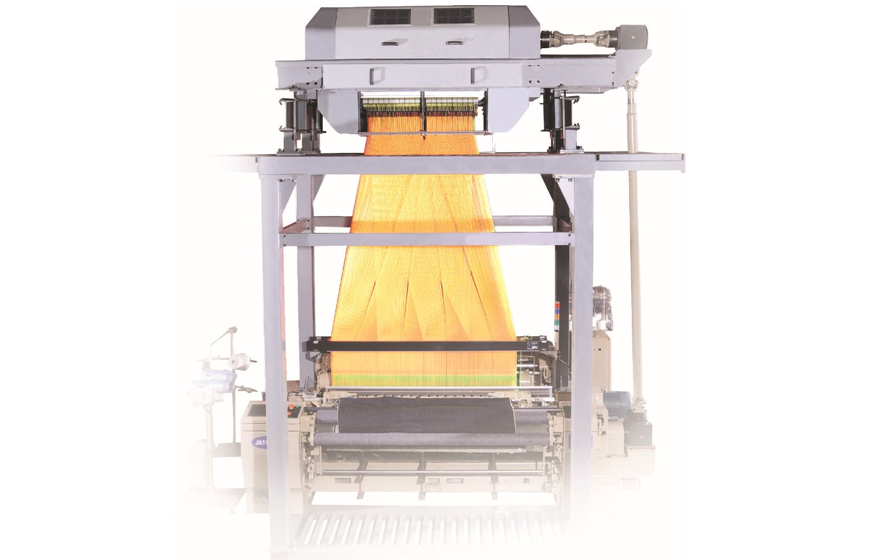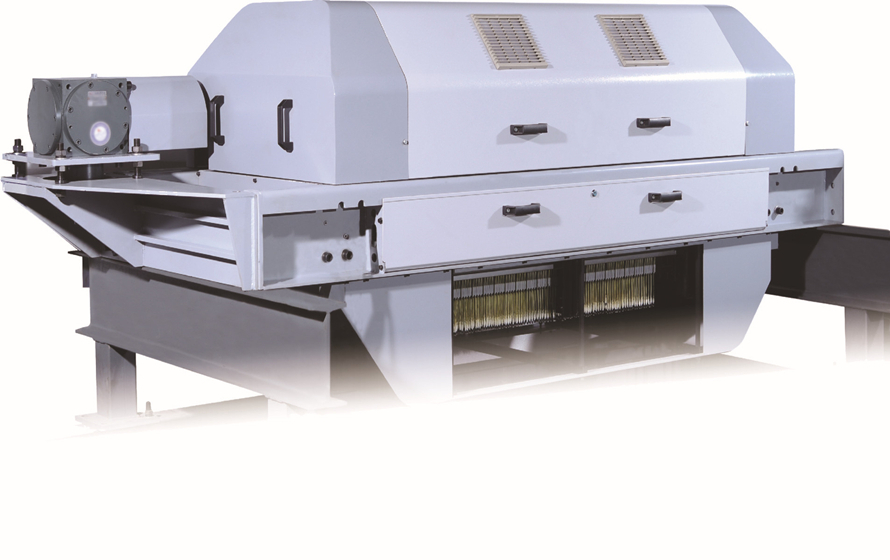MenuClosed

Scan on the official WeChat platform
Textile
Textile machinery industry is a basic industry providing technical equipment for the development of the textile industry, an important guarantee for the upgrading and technological progress of the textile industry, and a concentrated embodiment of the comprehensive strength and technical level of the textile industry.With the development of high-end and intelligent textile machinery, industrial measurement and control sensors, as important measurement components of textile machinery, will show a good growth trend driven by the growth of textile machinery demand.
Machinery manufacturers supplying the textile, leather and clothing industries rely on sensors for efficiency, reliability and precision. World-class accuracy is essential for production of technical textiles and for making the carbon or chemical fibers used in modern, innovative products, often in highly automated factories.

Non-contact obstruction sensing prevents collision with vacuum cleaning robot on textile machine
A spinning machine has a robotic vacuum cleaning system to prevent lint buildup on machinery and product. To prevent collisions between the vacuum cleaning robot and obstacles on the spinning machine, a photoelectric sensor detects their presence.
Application:
The spinning process generates waste in the form of lint. If lint is allowed to accumulate, it will eventually clog the small eyelets and guides on the spinning machine. This can in turn cause yarn breakage. Spinning machinery is therefore equipped with vacuum systems that constantly rove the machine to collect lint. These systems depend on a relatively slow-moving vacuum head, which travels on a rail mounted above.
However, spinning machines are tended by operators who sometimes leave items in the path of the vacuum head. To prevent collisions with these objects, the existing detection system on the vacuum head consists of a limit switch with a mechanical wand attachment. As soon as the wand touches an obstacle, it causes the vacuum head to reverse its direction of travel. This method is to be replaced with a non-contact detection solution more suited to an automated environment.
Customer Solution:
The HL#-30-###, with background suppression technology meets the requirements of this application. Despite its small size, it is robust and suitable for demanding industrial applications. The sensor’s precise background suppression enables it to detect the presence of any obstacle regardless of color, brightness or angle in relation to the position of the sensor on the vacuum head. This miniature sensor (30x30x15 mm housing) is mounted on the vacuum head to provide sensing for the robotic system’s safety reversal function. The setting range for detection is 15 to 200 mm. If the presence of an obstacle is detected, the cleaning machine simply reverses its direction of travel, without interrupting the cleaning function.

Customer Values:
Non-contact sensing
Visible light for set up
Mounting out of harm’s way
Relatively tamper proof
Specific Product Advantages:
Precise background suppression
Changeover outputs
Easy installation
Convenient interface with controllers
Rugged Crastin housing
Shock and vibration resistant due to fully vacuum potted electronics

Scan on the public